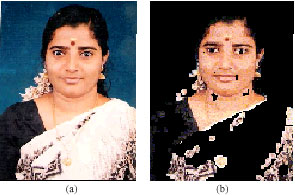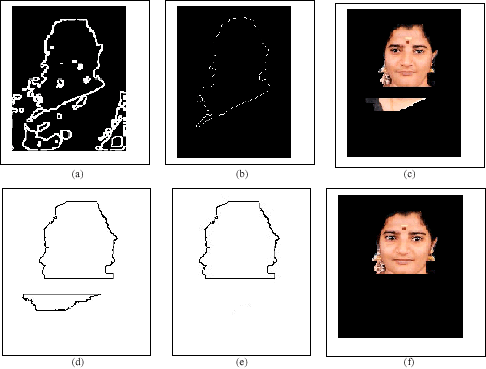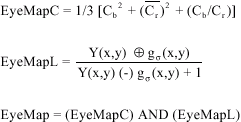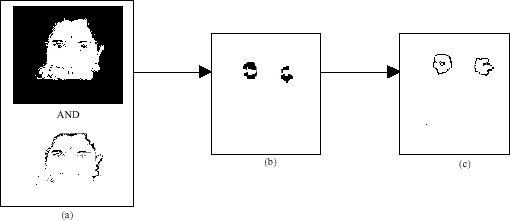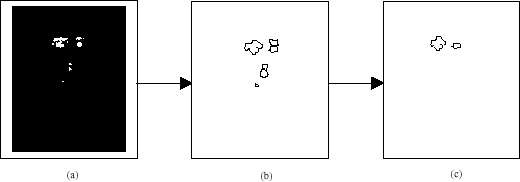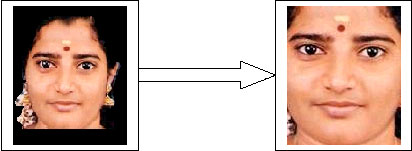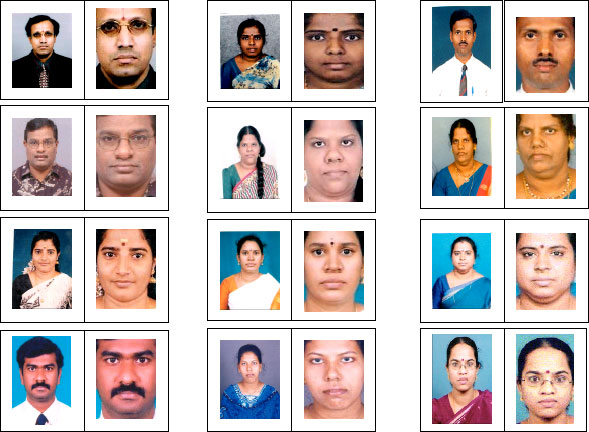Research Article
Domain Specific View for Face Perception
PG and Research Department of Computer Science, DG. Vaishnav College, Arumbakkam, Chennai-600 106, Tamil Nadu, India
T. Santhanam
PG and Research Department of Computer Science, DG. Vaishnav College, Arumbakkam, Chennai-600 106, Tamil Nadu, India









